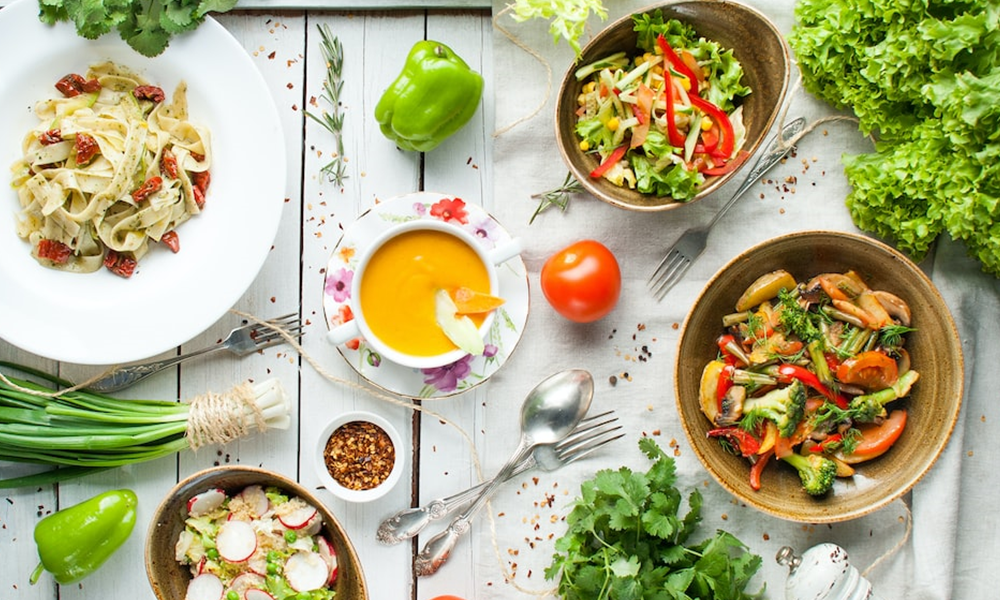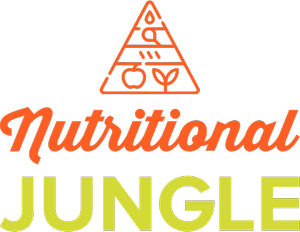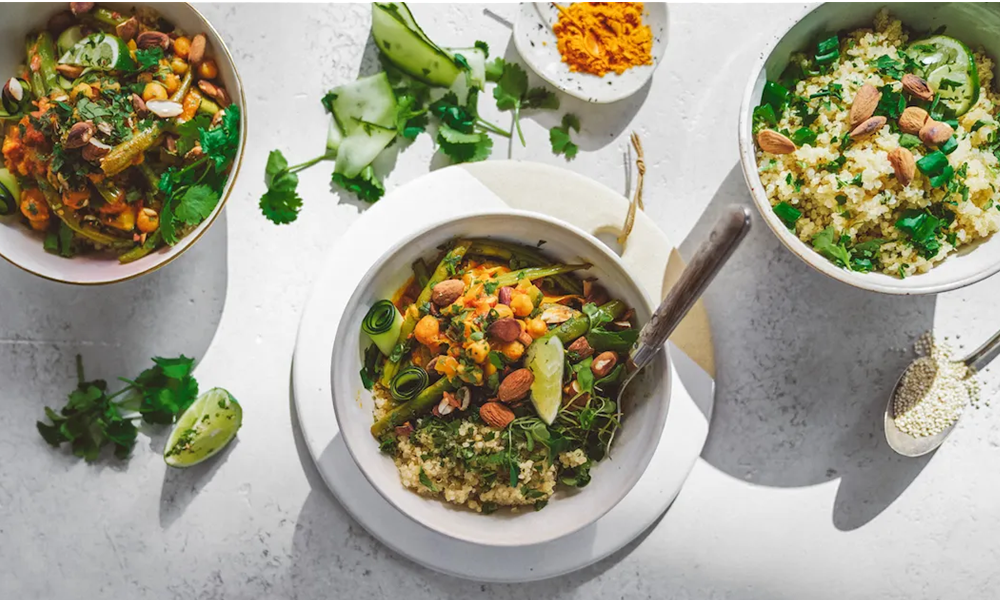It is a diet where vegetables and fruits are the primary sources of food and meat is excluded. Vegetarian guide introduces information about vegetarianism, discusses its various benefits including reduced risk for heart disease, high cholesterol, and breast cancer, as well as the ethical issues involved in eating meat. It offers advice on how to start eating a vegetarian diet for good, what to do when you are unsure or having trouble adapting to the change in your diet.
Vegetarian Guide Ideas
1. Start off with a small change in your diet, like cutting down on the amount of meat you eat. Try replacing meat with vegetables (e.g. grilled vegetables instead of grilled chicken) or grains (e.g. brown rice instead of fried beef). In this way, you will be able to introduce vegetarianism into your diet gradually, and learn more about it as you go along.
2. Try out new vegetarian recipes. You will not only be able to learn to cook your favorite dishes in a different way, but also find options that you and others in your family will love.

3. Learn about the nutritional value of food so you can still get the vitamins, minerals and other nutrients you need for a healthy diet. Alternatively, take multivitamins that are specifically made for vegetarians or do some research on the internet to find out which foods contain high amounts of certain nutrients.
4. Ensure that you are getting all the nutrients that are in meat, it is important for you to have a diet rich in beans and soy products such as tofu and soy milk. Other commonly consumed vegetarian foods include cheese (vegan cheeses), nuts, seeds and whole grains like oats or brown rice.
Conclusion
Eating a completely vegetarian diet will not always be easy, especially at first. However, if you are consistent in your efforts, there will definitely be positive changes in your life. You will find it easier to keep up with your new diet and ultimately feel healthier than you ever have before.



